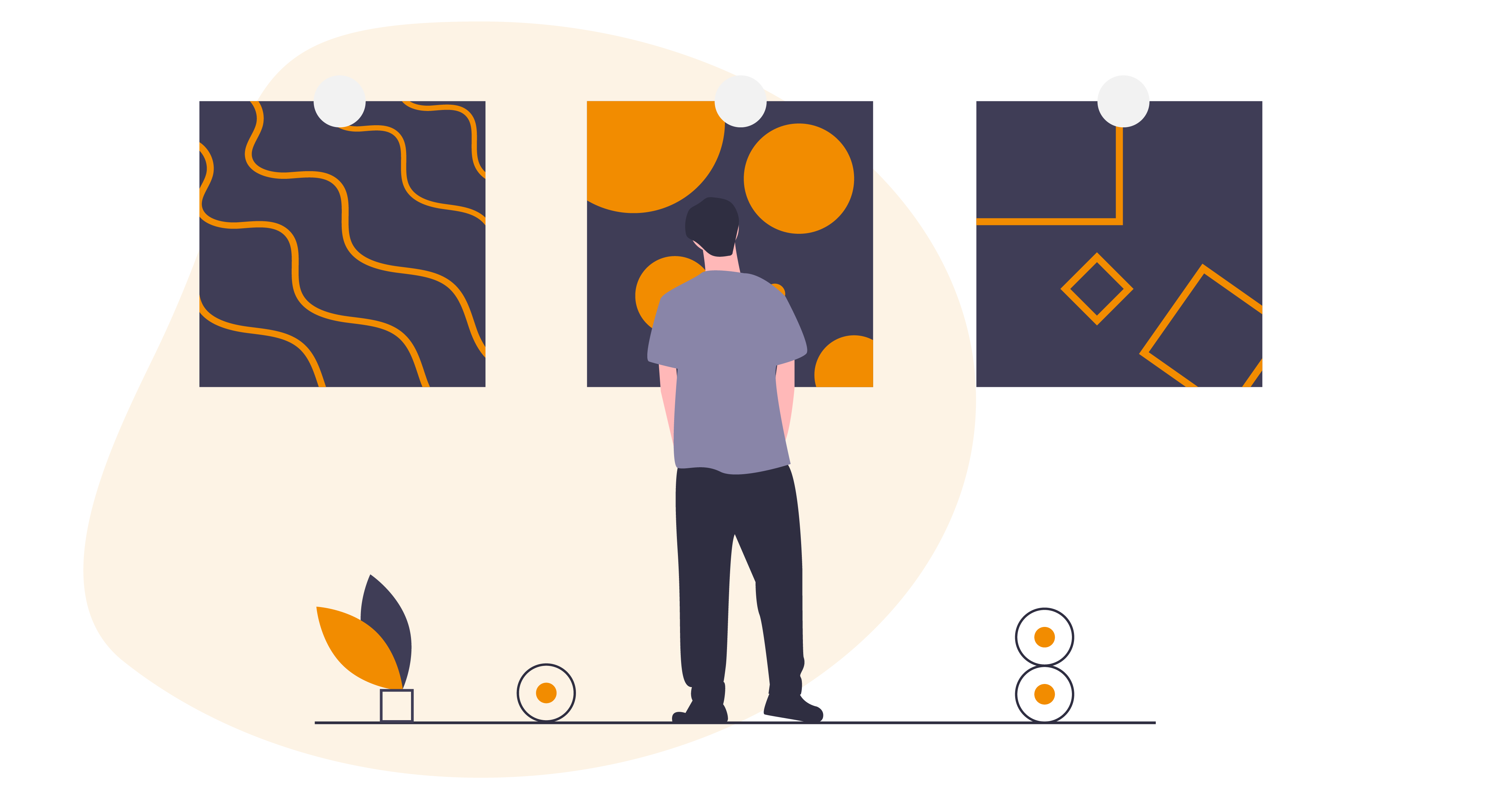There are four stages in the process of designing and producing an exhibition:
– 1 The DNA of the exhibition
To develop an exhibition or a new cultural venue, it is essential to define its DNA. Its structure is made up of six fundamental components:
- The purpose of the exhibition
- The content
- The place
- The main language
- The audience
- The virtual
When these six fundamentals are determined and form a coherent DNA, it is essential to ensure that these choices have been made with a serious and reliable consensus. Indeed, wanting to change one of these components during the course of the project would lead to major inconsistencies that would be difficult to correct.
– 2 Scenographic design
Now that the DNA has been defined, the scenographer can design the route and the scenography of the exhibition in partnership with the curator.
– 3 Planning and budgeting
Once the exhibition has been formatted, it is then possible to draw up a list of the various participants, to plan their interventions and to make an overall budget.
– 4 Implementation: from planning to completion
The venue is ready to receive the exhibition, the prototypes of the scenographic furniture are approved, the production and assembly phases can begin. Coordination between the various participants and trades can be complex. Effective coordination between the curator and the scenographer is essential to ensure that the exhibition production phase runs smoothly.
“It’s not a museum. It’s not a place of artifacts; it’s a place of ideas.”
– Jeanie Kahnke


